▻ Jean-Charles Boisset
Elin McCoy in conversation with Jean-Charles Boisset
Episode Summary:-
Jean-Charles Boisset is one of the wine world’s most innovative producers. He talks to Elin McCoy about his extraordinary life for our series Great Wine Lives. Today, he has wineries in Burgundy, the South of France, Rhône, Beaujolais and California, which he has made his home and where he lives with his wife Gina Gallo and their children. He’s upended expectations by creating super-friendly, often flamboyant, and sometimes controversial wine experiences for consumers. Influenced by his grandparents, he was one of the first to convert his vineyards to organic and biodynamic. His infectious enthusiasm and high-voltage dynamism has brought a massive following, as he pushes the boundaries for wine lovers further away from traditional comfort zones.
He tells Elin how he was born in the commune of Vougeot in Burgundy, where his parents founded their domaine in 1961. The wine was made in the house, and his early days were spent in the vegetable garden and vineyard, which gave him a profound connection to nature. At seven years old, he fell in love with Pinot Noir, after his mother let him sip three different glasses. Charmes-Chambertin 1947 and Musigny 1957 especially cast their spell on him. At the age of 11, he visited the US with his parents and fell in love with the country’s “can do” and welcoming attitude, and decided that he wanted to live there. The first winery he visited was Buena Vista, in Sonoma, where the flavour profiles were like nothing he had tasted in Burgundy. He loved what to him was the exoticism and began dreaming of making wine in the US.
Jean-Charles discusses his early years as a footballer and graduating in finance, which he enjoyed. In the early 1990s, his parents realised it was difficult to run the Burgundy domaines and concentrate on the US market. They had been buying up some major names in France, including Bouchard Ainé, Ropiteau, and Mommesin, so they decided to give Jean-Charles a shot at running the US side of the business
His idols were not in the wine industry, they were Walt Disney, Picasso, Salvador Dali, Fragonard and King Louis XIV. Storytelling is key for him, and he thanks his grandparents, who were teachers, for embedding a love of narrative within him. “Transporting people into another world is what personally I am all about,” he says.
Today he owns 28 wineries, each with its own particular, often highly individual history The first winery he bought was Lyeth, in Sonoma’s Alexander Valley, which is known for its traditional Bordeaux varieties. He tells Elin the stories behind acquiring them, including California’s oldest winery, Buena Vista. “I wanted to buy Buena Vista forever, I missed it three times.” It’s not just wine; Jean-Claude also bought the Oakville Grocery and then the Calistoga Depot Distillery, which had been built by Sam Brannan in 1868, and was the second-oldest train depot in California. “We are the visionaries of the 21st century, bringing back the history of the past, and building the history of the future,” he says.
““I love innovation and style and wine and design, so I think we do much in this field because I push it.” ”
Born in 1969, he explains to Elin that he has always lived among the vines, and he believes “there is no more modern way to make wine than to respect the grapes we have.” However, one of his innovations is using quartz energy: “A step further is bringing energy to a site to elevate the level of energy you have in a wine.” He was an early adopter of organic and biodynamic practices (in 1997/8 he and his sister starting organically certifying their family estate Domaine de la Vougeraie, and never stopped.) “We are very big organic and biodynamic in all our wineries today.”
Is he still looking for properties to buy? He notes that China in the future may be a possibility--he is always open to new territories. He is also bullish about partnering, for example the tequila Casa Obsidiana is a partnership between the Beckmanns and the Boissets, using oak barrels from France and Napa.
Experiences are important to him--it’s the adult-playground approach. Combining tasting wine with art, fashion and other activities is part of his DNA. “Every winery has a unique concept,” he says of his holdings. He was the first to have 24-carat gold on bottles of wine, the first to put jewellery on a bottle of wine, the first to put Swarvoski diamonds on a bottle. Does that take away from the wine, Elin asks. “It’s a threat, but we make serious wine… with critics giving top points.” His love of innovation has led to developing jewellery, fabric, crystal decanters, and cufflinks. Some of his most successful innovations have been designing the labels in velvet, leather and silk. He even attached fragments of meteors to The Surrealist bottle and it sold out in 20 minutes. “I love innovation and style and wine and design, so I think we do much in this field because I push it.”
What is for certain that the wine world’s traditional boundaries will never be quite the same, challenged by the dynamic Jean-Charles Boisset.
Running Order:-
-
0.00 – 21.45
“He’s upended expectations by creating super consumer-friendly, often flamboyant and sometimes controversial wine experiences.” – Elin McCoy
– Growing up with his grandparents and parents in Burgundy.
– Learning how to respect nature with his grandmother.
– Falling in love with Pinot Noir at 7 years old.
– Visting the US with his parents at 11 years old.
– Early life before wine.
– Parents buying up major Burgundian houses in the ‘90s. -
21.46 – 45.24
“Transporting people into another world is personally what I am all about.”
– His idols, Walt Disney, Picasso, Louis IV, Salvador Dali.
– The importance of history and storytelling.
– Buying wineries in the US, starting with Lyeth.
– Difficulty buying Buena Vista.
– Buying Oakville Grocery and the Calistoga Depot distillery.
– His belief in energy and the use of quartz energy.
– His favourite wineries.
– Why he has been a pioneer in the organic and biodynamic movement. -
45.25 – 01.14
“I love innovation and style and wine and design, so I think we do so much in this field because I push it.”
– Which areas he is still looking to buy into.
– Expansion into spirits.
– Each winery having a unique concept.
– Creating his own jewellery, crystal, and fabric.
– Innovating with labels in velvet, satin, and leather.
– What he has failed at, his biggest challenges and his next goals.
RELATED POSTS
Keep up with our adventures in wine
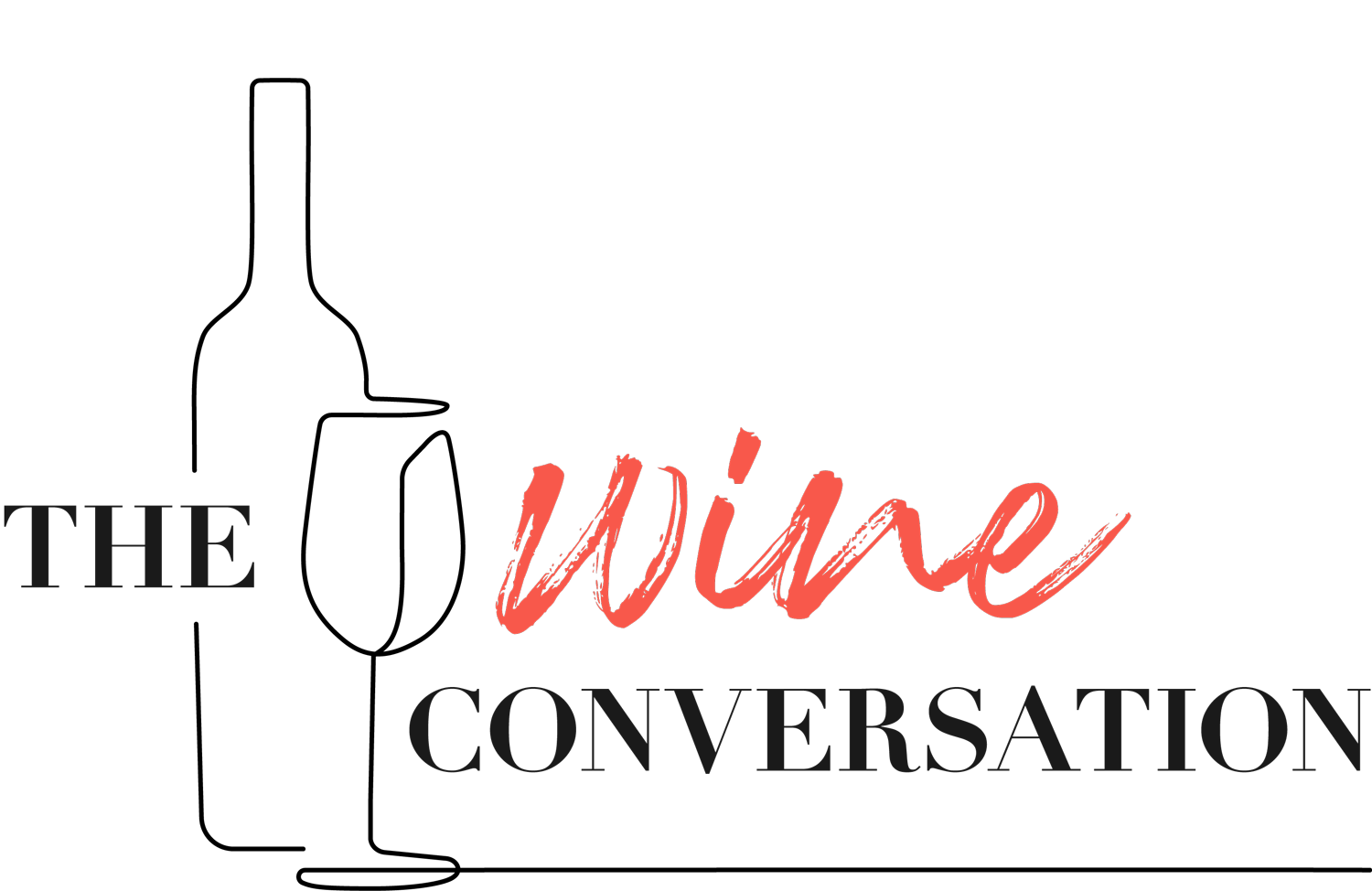
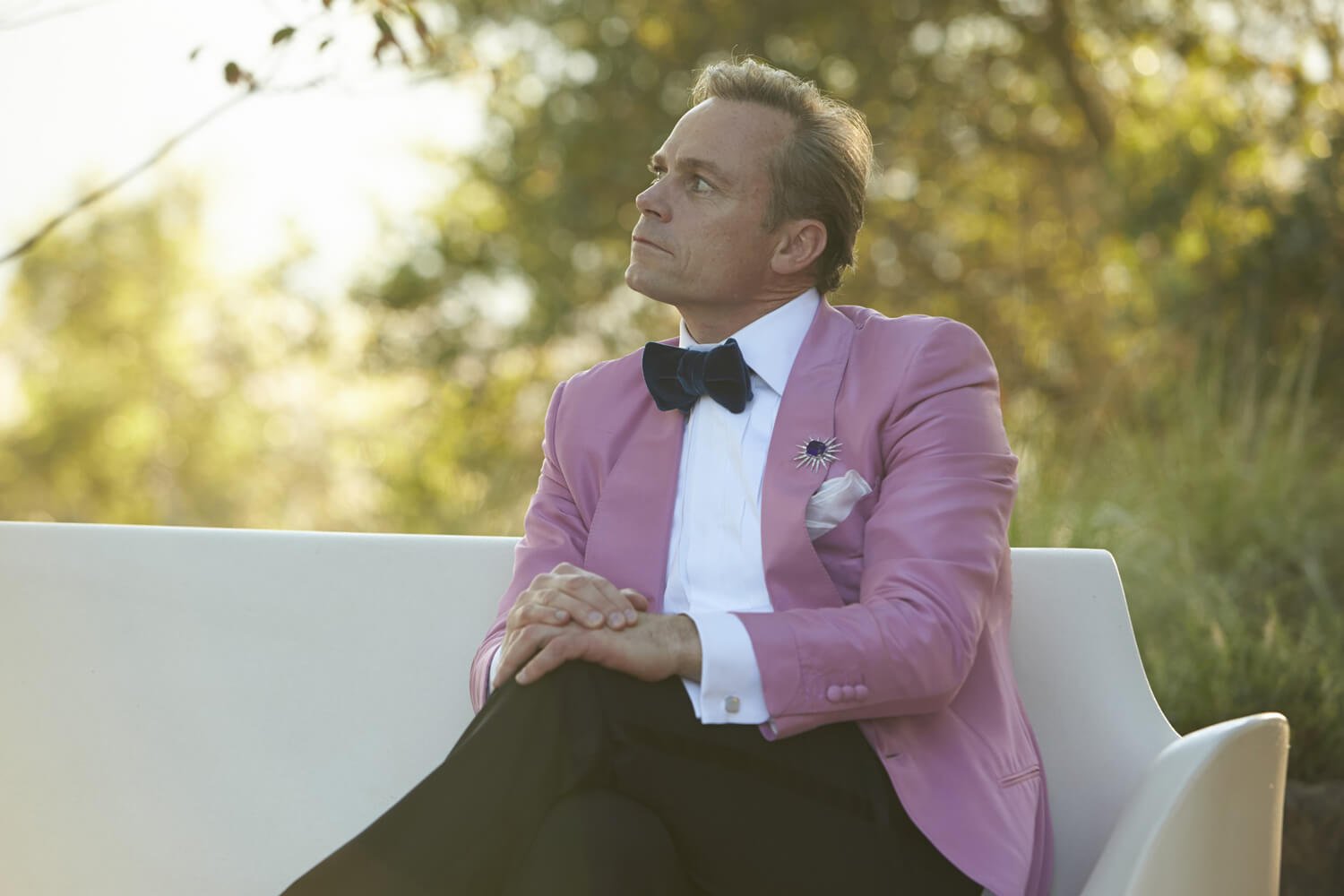




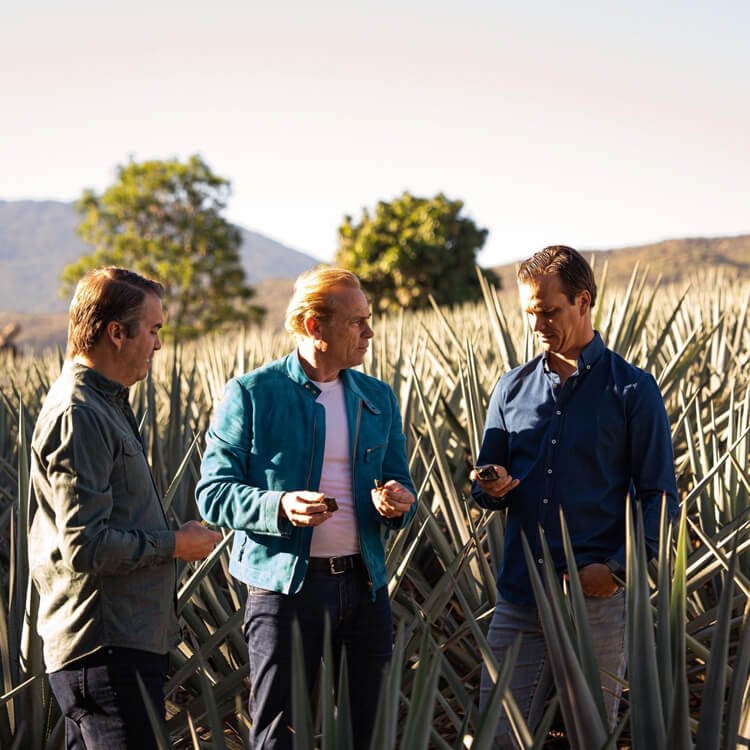
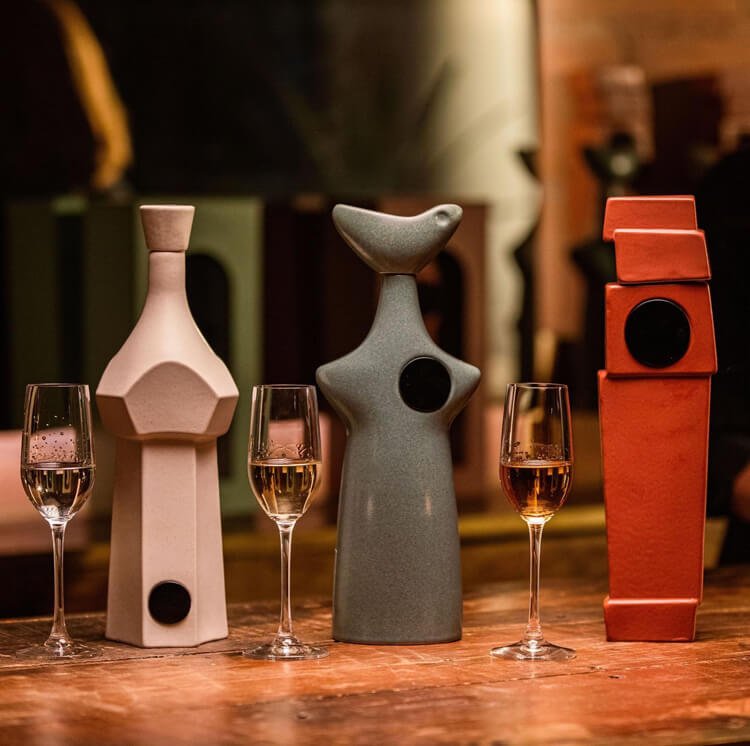
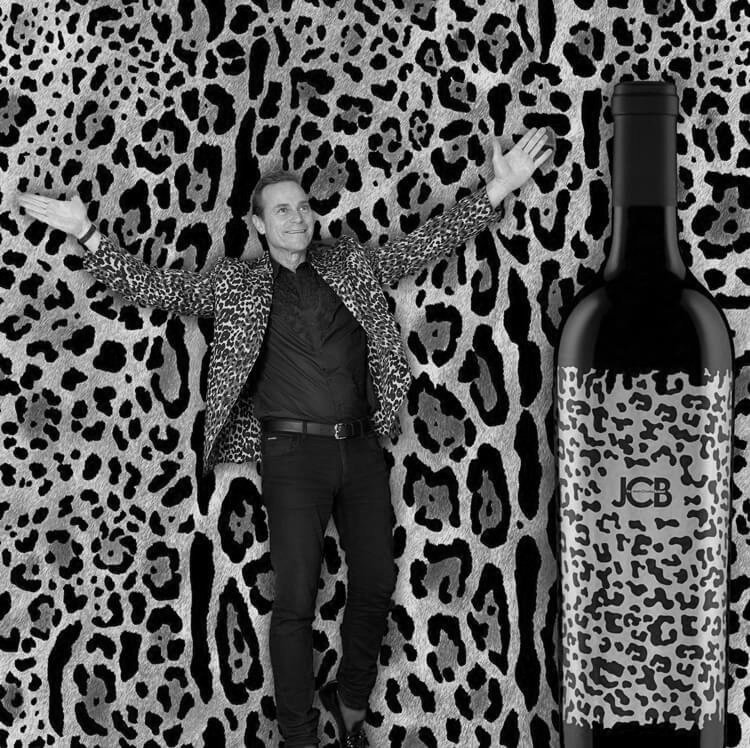
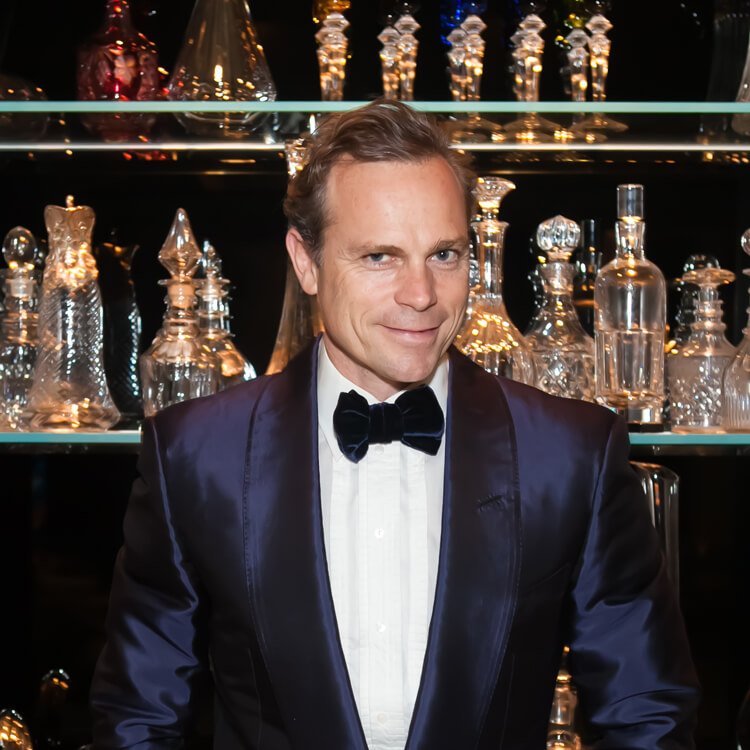
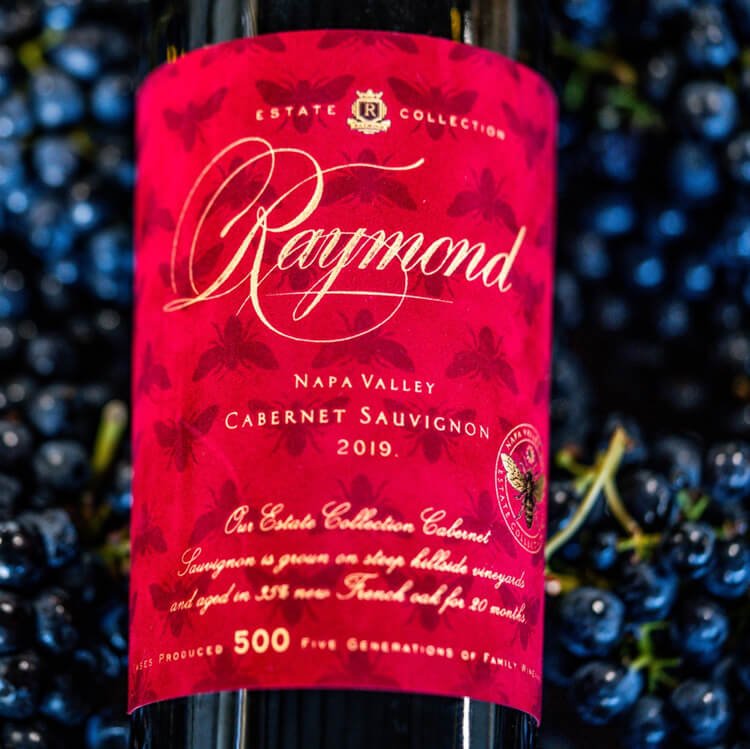
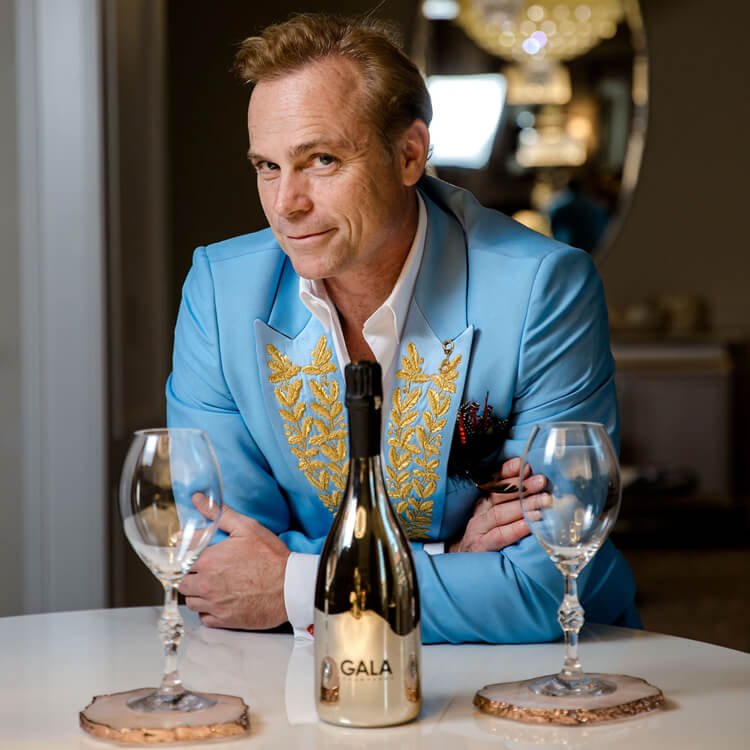
Hannes Myburg talks to John Stimfig about running the iconic South African Meerlust estate, which is celebrating its 50th vintage.